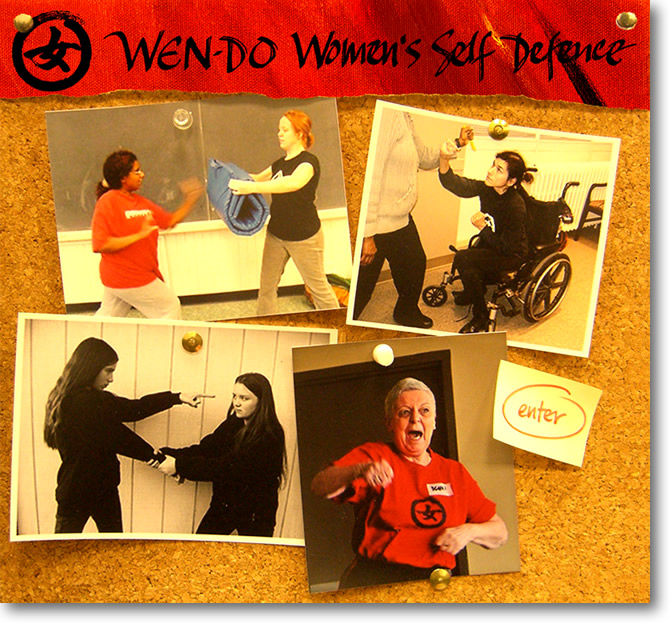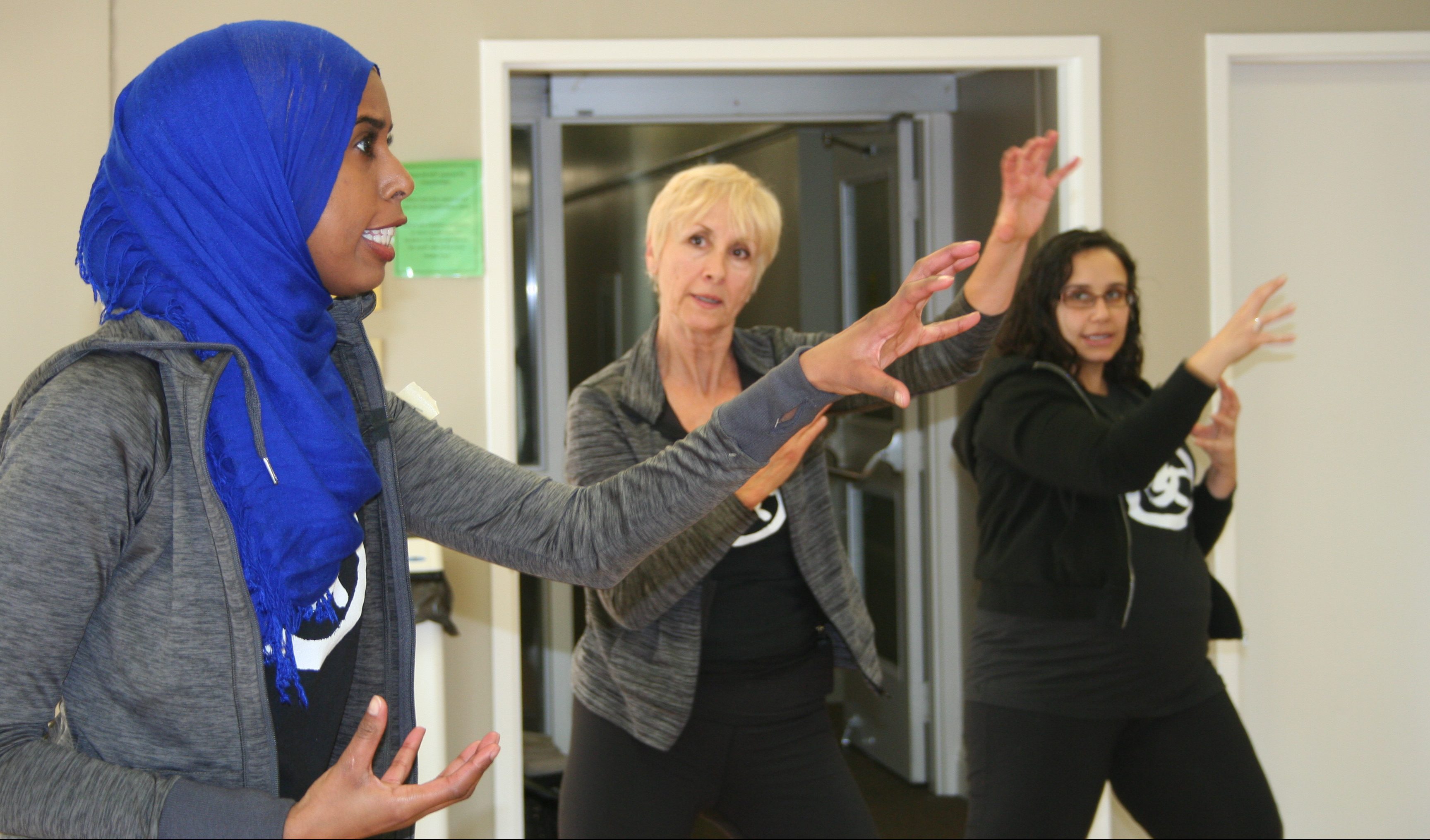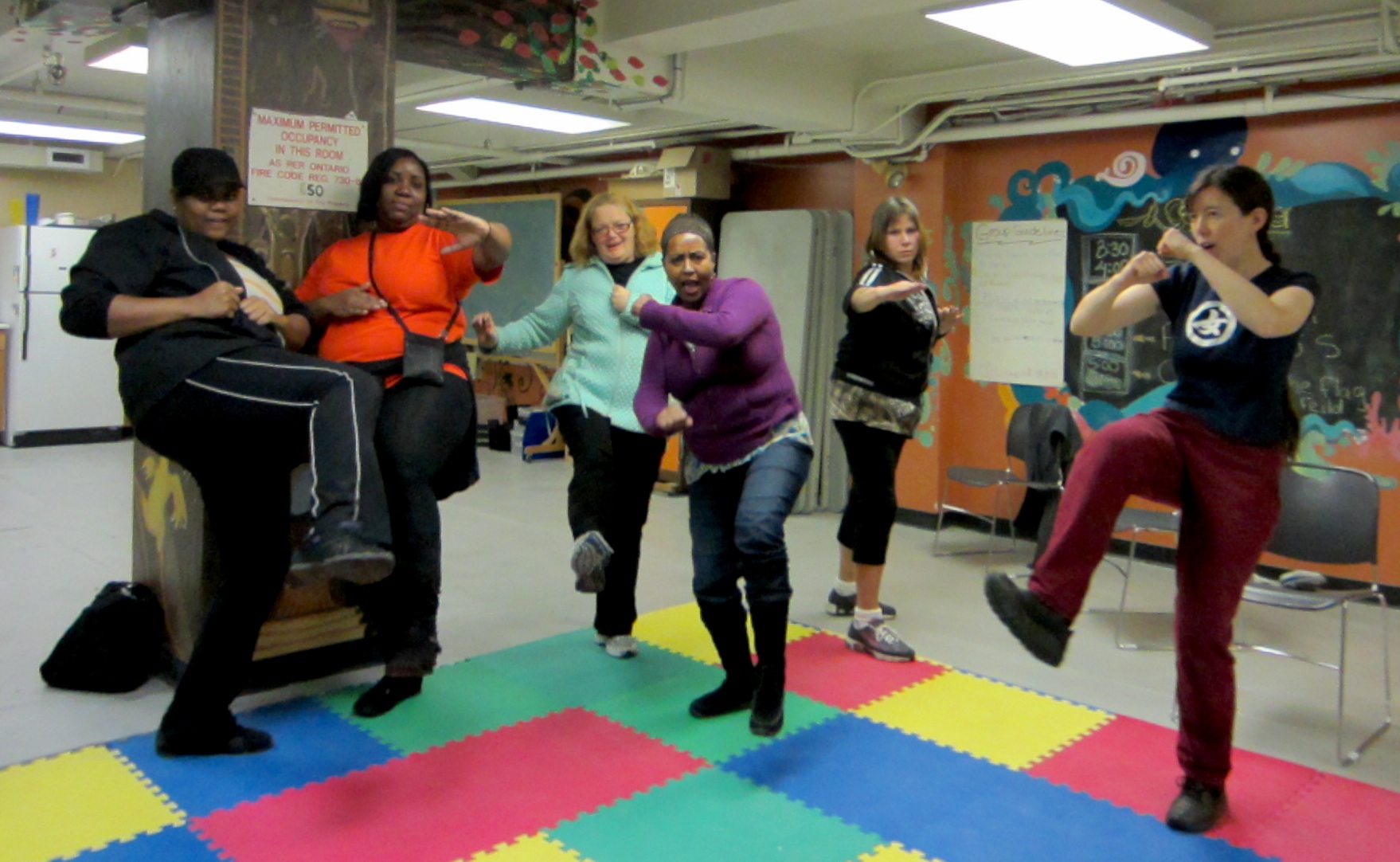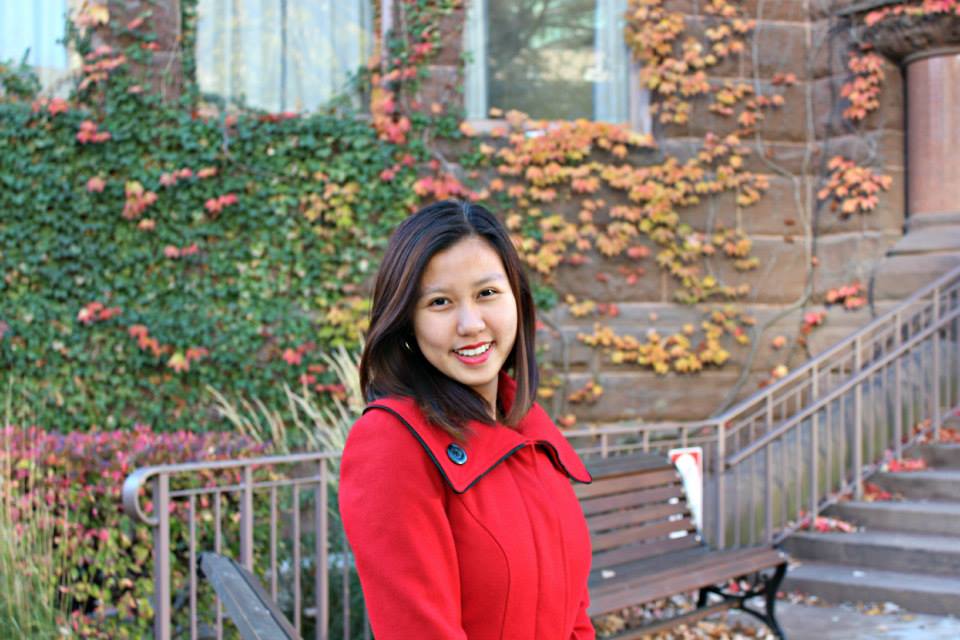By Linh for Life @ U of T
Last year, I organized a Wen-Do Women’s Self Defence workshop, and it was the most empowering experience of my life. Self defence is so much more than martial art moves, and I don’t exaggerate when I say the workshop changed the way that I move through the world. Though I haven’t yet had to use any of the kicks or punches, I have used the confidence that I gained. I’m far more assertive in speaking out when I’m uncomfortable, particularly on the street or on the subway. I no longer care about coming off rude or loud or making a scene in public. I’m not as scared making the five minute walk from the subway to my house when it’s dark out, and it’s difficult to express how significant a feeling that is.
Although I had already attended the three hour class, I couldn’t resist coming again when the Vic Commuter Dons organized it this Tuesday. It did not disappoint. I left, as I did last year, inspired and eager to take the full fifteen hour class.

Wen-Do, pioneered in the sixties, is the oldest women’s self defence organization in Canada. “In order for self-defence teaching to be most effective, the violence to which it responds must be placed in a social context,” their website states. As such, our class began with a conversation of micro-aggressions we had faced as women, and the methods that we had all developed to protect ourselves – confident strides, keys in hand, fake phone calls. It was shocking to realize how ingrained some of our defences already were.
The most important point of the class, for me, was how resistance doesn’t just occur in extreme situations. “Self defence is not just used when someone attacks you on the street,” said our instructor, Deb. “We practice it every day when we resist the messages of how we should act, feel, and love.”
She went on to share some success stories, and I was surprised to find that many did not involve violence at all. In my mind, self defence had always been physical, wherein my weak arms and flabby stomach would fail me. But half of this class was learning how to yell and what to say, alongside constant reinforcement and encouragement of our right to resist anything that made us uncomfortable.

We moved on to physical techniques in the second half – simple, strategic hits that even my uncoordinated body could easily keep up with: foot stomps, snap kicks, hammer fist punches. They helped to reframe my perception of physical resistance: I wasn’t trying to win a fight, and I would definitely lose in strength-on-strength combat. However, I could do enough to get away safely, and that’s all I need.
The last part of the class focused on blocking and escaping from holds, even when the person may be objectively stronger. The basic principle is to use a stronger part of your body against a weaker part of theirs. I’ve tried some of the moves on my 6’3″ boyfriend, and I can say that they work!

The energy in the room is always the best part of the class: confident shouts, rolled-up yoga mats being pummelled, people amazed at their own strength. But as powerful as punching felt, the most revolutionary part is just learning that resistance isn’t futile and that it’s my right to draw the line. It’s surprising how obvious a message that is, but it’s not one that we’re often reminded of. Before this class, I was terrified of being caught in a situation that would require self-defence, because I truly believed that that would be it. I’d never even won an arm-wrestling match in my life; there could only be one outcome. Now, I know that it doesn’t end there, and that recognition is honestly life-changing.

